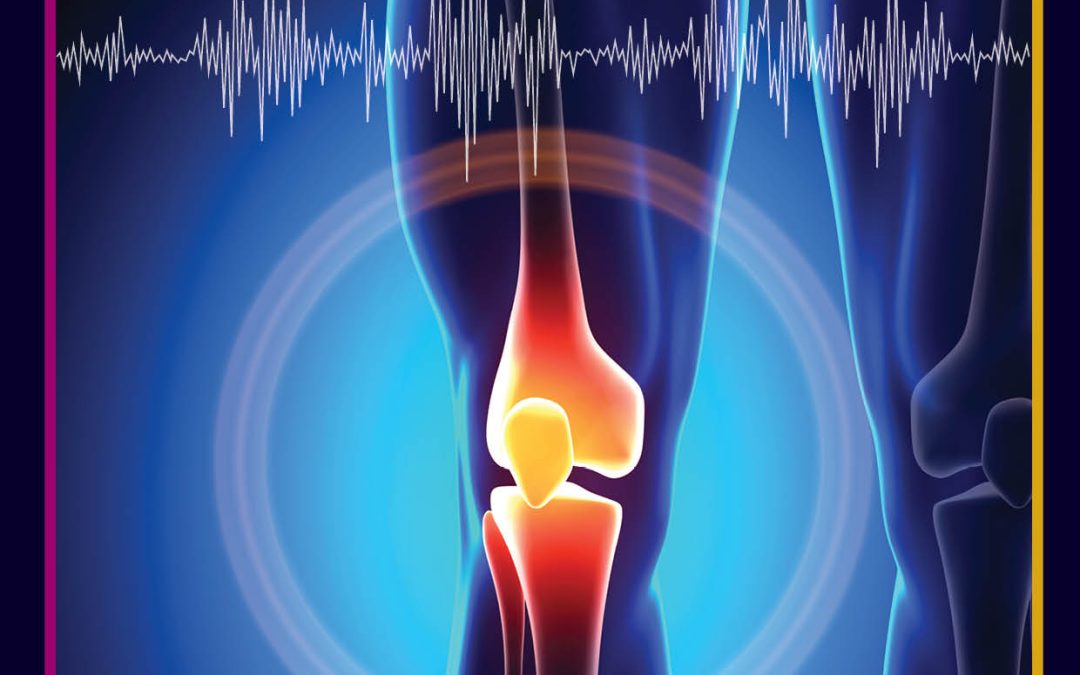
by admin | Nov 23, 2022 | engineering and tech, health and medicine
Some of the greatest advances in medical history have revolved around the creation of new materials that can replace damaged tissues in the body. Today, many researchers focus on creating materials that can replace damaged bone tissue, which often cannot heal naturally. Dr Susmita Bose and her team at Washington State University have been researching ways to engineer exciting new materials that mimic the structure of natural bone, allowing us to live happier, healthier, and longer lives.
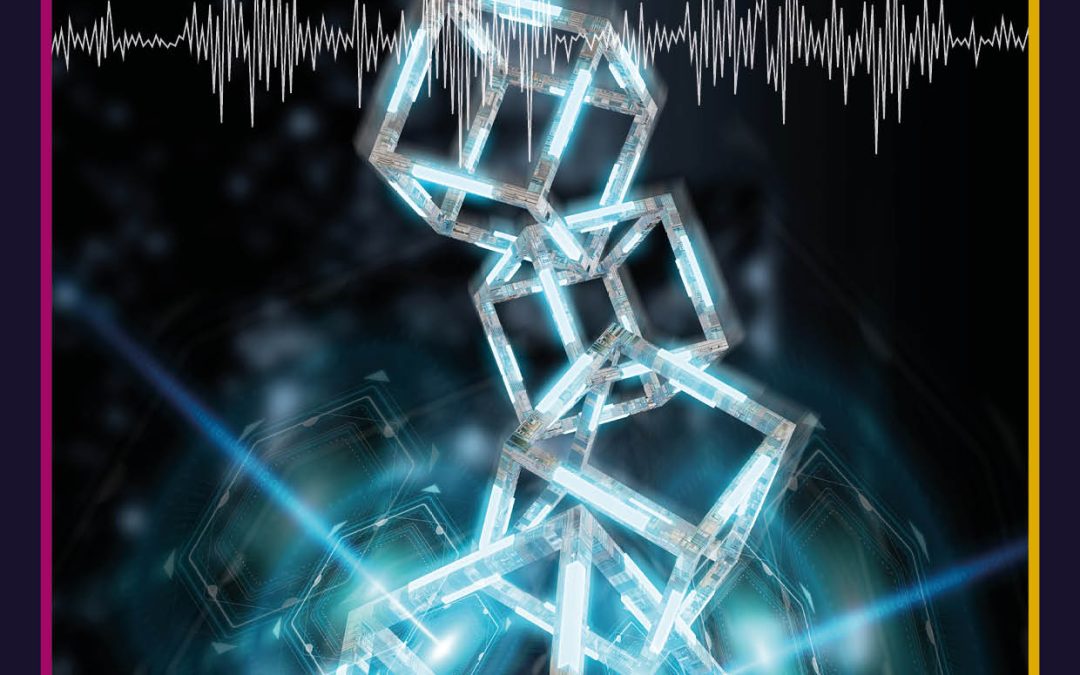
by admin | Nov 23, 2022 | engineering and tech
Software piracy is a large and growing problem. The methods used to combat it are becoming increasingly complex as technology evolves, costing software publishers and users billions of dollars each year. Dr Alan Litchfield from the Auckland University of Technology and Jeff Herbert from Cybercraft, New Zealand, have developed a new method to suppress software piracy. In a recent paper, they present ReSOLV – a method for software validation based on cryptocurrency blockchain technology.
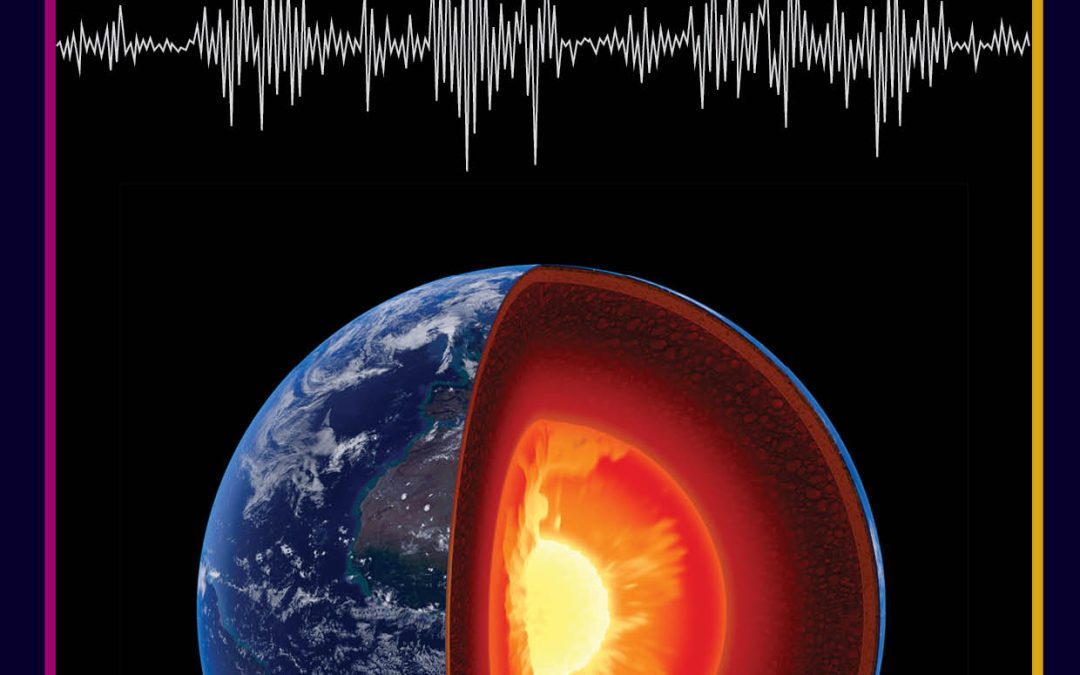
by admin | Jul 6, 2022 | earth and environment, engineering and tech
The magnetic field that enshrouds Earth is generated by processes deep within the planet’s interior, which geologists still don’t fully understand. Among the effects that remain poorly studied are brief variations in the strength of the magnetic field, which occur over timescales of several decades. Through detailed mathematical analysis, Dr Klaudio Peqini and Professor Bejo Duka, both at the University of Tirana in Albania, explore how these variations could arise from changes in the flows of material at the boundary between Earth’s core, and its thick layer of mantle.
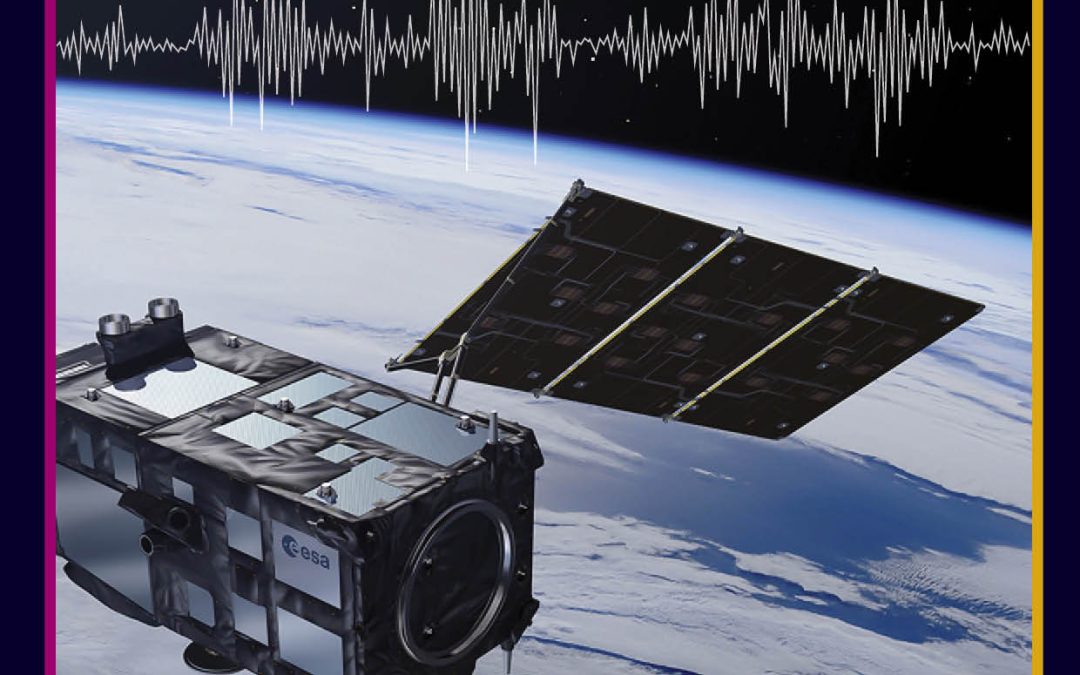
by admin | Jul 6, 2022 | earth and environment, engineering and tech
Across the globe, climate change is driving extreme weather events, such as floods and droughts, with increasing frequency, duration, and intensity. Accurately assessing the flow of water through rivers – or river discharge – could help us forecast extreme weather events and prevent loss of life. Sensors onboard satellites could provide more accurate and in-depth measurements of river variables than ever before. As part of the RIDESAT project, funded by the European Space Agency, Dr Angelica Tarpanelli and her team of researchers from Italy and Denmark investigate how combining remote sensing data from satellites could support river discharge assessments.
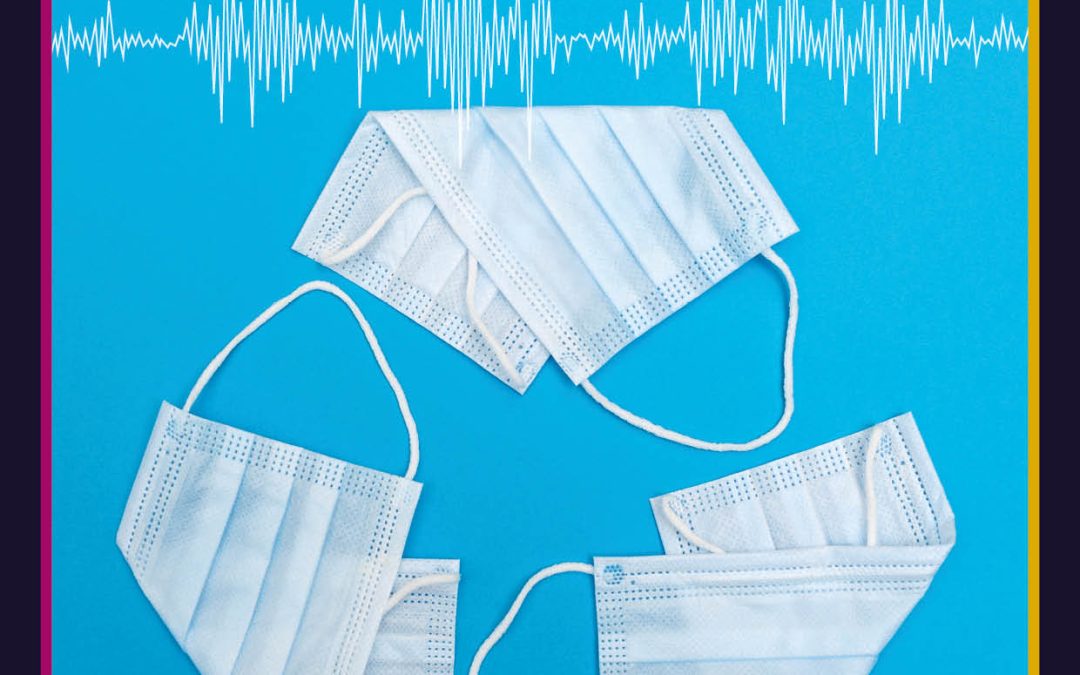
by admin | Jun 23, 2022 | engineering and tech, physical sciences, trending
Since the beginning of the COVID-19 pandemic, billions of plastic facemasks have been used and disposed of, with the majority destined for landfill. Professor Andrew R. Barron and his team at the Energy Safety Research Institute in Swansea, Wales, have developed an innovative method for repurposing these used facemasks. By transforming them into a powdered material that acts as a reducing agent, Professor Barron’s team aim to make the steel-making process more energy-efficient and sustainable.
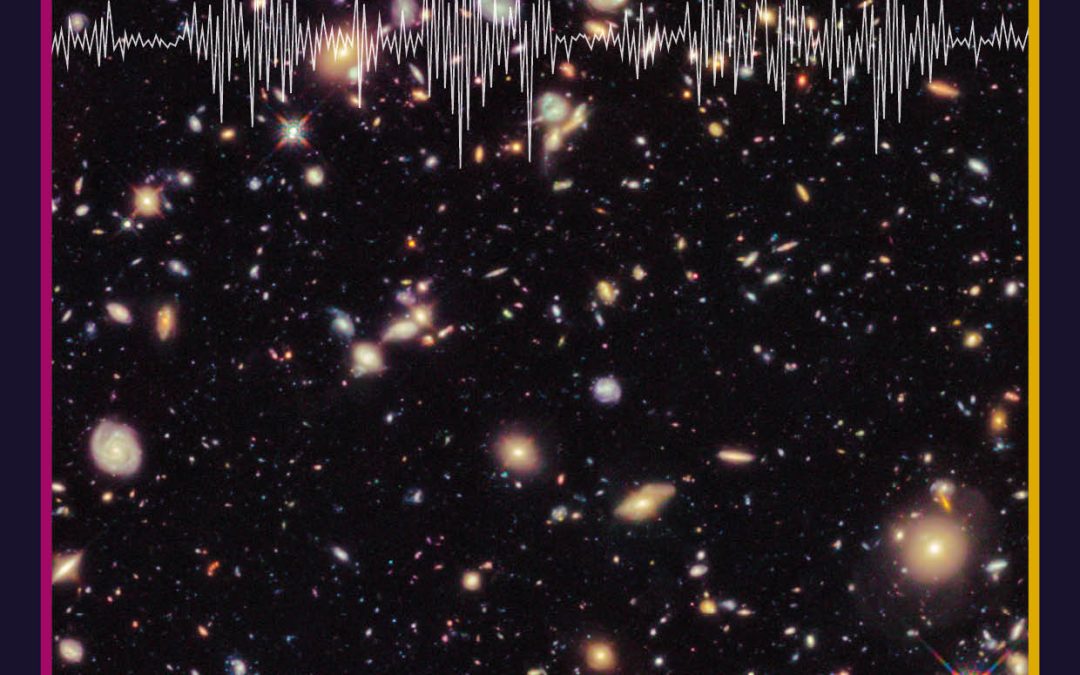
by admin | Jun 22, 2022 | engineering and tech, physical sciences, trending
Wide-area scans of the sky are an important tool for astronomers as they seek to learn more about the universe. However, as the latest observation techniques have become increasingly sensitive, faint objects within these surveys can appear to blend together. Through his research, Dr Peter Melchior at Princeton University presents a computer-based framework for disentangling these blended sources, and for artificially reconstructing the components they contain. Named SCARLET, the technique could soon help astronomers to study the depths of the observable universe in unprecedented levels of detail.
Page 2 of 17«12345...10...»Last »






